Combating the Labor Crisis with Cobots
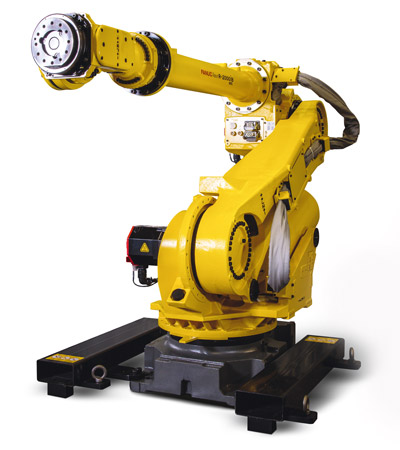
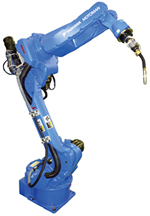
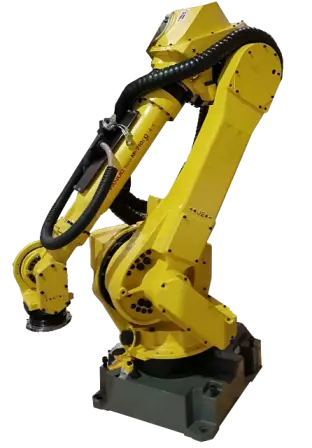
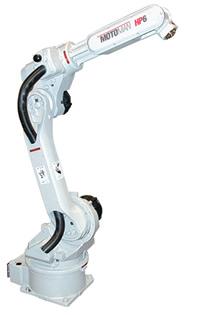
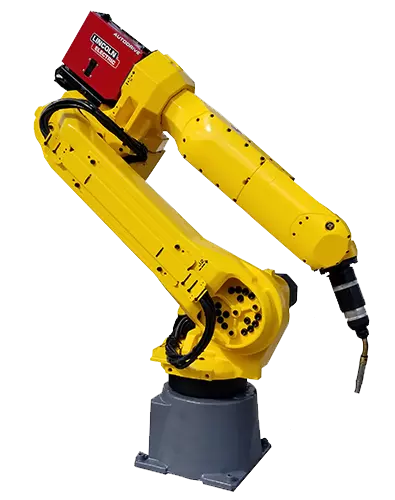
When robotic automation first became mainstream many were concerned that industrial robots would be a threat to manufacturing jobs. However, today robots are vital to saving manufacturing as a record number of Baby Boomers are retiring while younger generations are not interested in taking on manual labor jobs. With a shrinking worker pool many positions are being left unfilled causing major labor shortages. A sparce workforce for a manufacturer results in low productivity, poor product quality, and the inability to meet customer demands.
Fortunately, there is a solution for the manufacturing labor crisis through automation with industrial robots. Traditional industrial robots like the FANUC Arcmate 120ic, have been the most talked about for filling in labor gaps. However, not every company has the space or budget for a traditional robotic system. In addition, some productions are simply not a good fit to be completely automated as they still require some human involvement. This is where collaborative robots are beneficial.
Collaborative robots, also known as cobots, are one of the biggest innovations in robotic technology. They are designed to safely operate alongside or with humans without any barriers. The FANUC Cr-7ia can automate repetitive tasks for workers or assist them with an application. Integrated sensors, speed control, and rounded exteriors are the main safety features that allow cobots to operate around humans with minimal risk. They can automate a variety of applications including assembly, material handling, machine tending, inspection, and welding.
Why Implement Cobots to Solve Labor Shortages?
There are several reasons why a cobot may be the best solution for labor shortages.- • Automate Tasks that do not Thrive Solely on Automation - Cobots can automate processes that are not a good fit for traditional six axis robots. These may include those with many variables, low product volumes, or those with high changeover.
- • More Affordable - Collaborative robots can be more affordable than other robots when all factors are taken into account. They are small and do not require extra safety equipment. Buying a used Universal UR5 can provide even more savings with generally the same functionality as a new cobot.
- • Easy to Implement - Collaborative robots are easy to implement and can be setup within just a few hours. Implementing a cobot can be like training a new employee. Cobots are programmed through hand guidance. Moving their arm through the waypoints of an application is all that is needed, similar to showing a new employee what to do. Cobots are then able to repeat those steps over and over until programmed for a new task.
- • No Reconfiguring Production Lines - Since cobots are small and do not require extra equipment they can easily be integrated into pre-existing production lines. Factory floors do not need to be reconfigured to make space for the Universal UR10. The small size and light weight of cobots allows them to be easily moved around to fill in any department experiencing a labor shortage.
- • Highly Adaptable - The intuitive programming of cobots makes them highly adaptable. They can quickly and easily be reprogrammed for new tasks. They can quickly adjust to product or process changes. Roles experiencing unexpected shortages due to sick or injured employees or turnover can easily be filled by cobots.